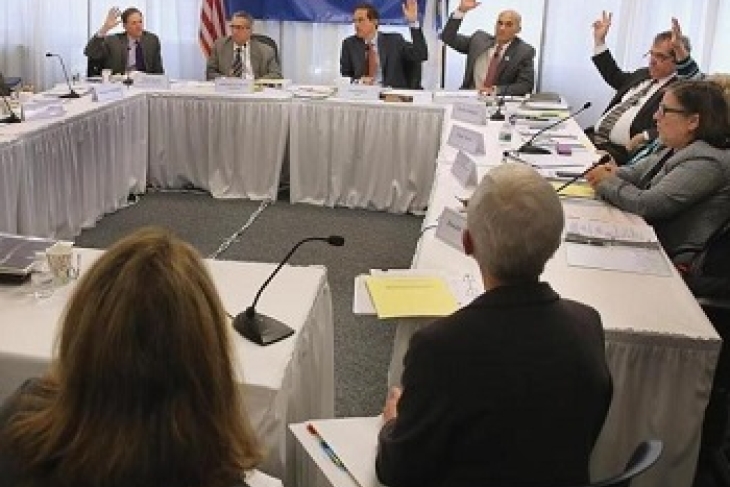The Massachusetts Board of Elementary and Secondary Education wisely decided this week to tack between the Scylla of MCAS and the Charybdis of PARCC. Following Commissioner Mitchell Chester’s recommendation, they chose to adopt MCAS 2.0, a yet-to-be-developed hybrid of the two options. Their adroit navigation calms the troubled waters for the time being. But choosing a test is only the beginning of the voyage. Strong and sustained tailwinds will be needed to swell the sails of student achievement.
A test is a measuring instrument. It shows where a student needs to improve, but it doesn’t provide instructional strategies and tools to achieve that improvement. Even without a new test, current state, local, and national assessments already generate more data than anyone can digest.
Assessment data should directly drive instruction, and the instruction should be individualized to the student. This is the intent. But data-driven, individualized instruction can only take place online. Teachers can’t cut and paste textbooks—but software can be customized with a keystroke. Still, very few schools have the computers and software to support individualized online instruction.
MCAS 2.0 can be an effective driver of instruction if the state invests in a computer for every student (along with the necessary bandwidth) and a full complement of standards-aligned software. We can’t expect teachers to raise student achievement to the 2.0 level unless we give them the means to turn 2.0 test data into effective teaching.
Online instruction does not mean chaining students to computers while the teacher takes a coffee break. The current term of art, “blended learning,” envisions a classroom in which teacher-led instruction is combined with online content chosen, organized, guided, monitored, and contextualized by the teacher and sometimes by the student. “Next-generation” goals like critical thinking, problem solving, and analyzing sources—often bundled into the term “higher-order skills”—require next-generation teaching and learning tools. To take just one example, how can a student analyze sources without going online?
A blended classroom gives students access to the range of learning resources they need, as well as the range of inputs they are accustomed to in their daily lives. It demands higher-order creativity and agility on the part of teachers. No one who has seen a video of San Diego’s High Tech High can doubt that those students are being challenged every minute of the day, or that the teachers are fully involved in their students’ instruction. That school may be a paragon; but fifteen years into the twenty-first century, we should no longer be discussing whether the basic information/communication implement of business and everyday life should be incorporated into the classroom. As one Massachusetts superintendent said, “We’re telling our students to shut down their minds and go back to the last century when they walk into school.”
Secretary of Education Arne Duncan, in Boston last week, reminded us that one-third of Massachusetts high school graduates still can’t meet college entry standards. This should be data enough to spur action. A new MCAS may give us more granular detail, but we already know what we need to convert data into next-generation instruction: computers, software, and digital training for teachers.
Gary Kaplan is the executive director of JFYNetWorks, a Boston-based nonprofit provider of standards-based blended learning programs to schools, colleges, and community agencies. He recently participated in Fordham's panel discussion on "premedial education."
